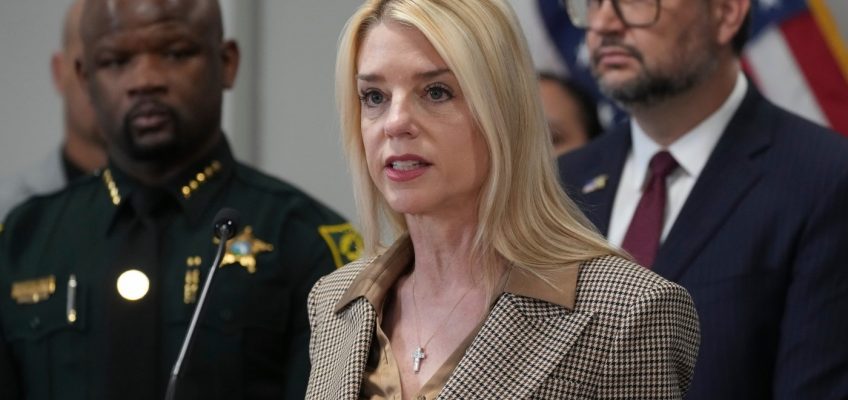What does Woodbury have to offer?
Trails, parks and scenic views for lovers of the outdoors, restaurants for the foodies and “phone eats first” Instagram crew, energizing attractions for adrenaline junkies, local businesses and, best of all, community, according to Eric Satre, marketing manager for the city’s new visitors bureau, Destination Woodbury.
“We know Woodbury is a welcoming city and we know it’s a great place to visit,” Satre said.
Destination Woodbury, a city-funded destination marketing organization, launches Saturday at the Woodbury Community Expo. There, Satre will unveil the brand’s new website, parks and trails map and host live demonstrations of what the site has to offer.
“We’ll provide itineraries, things to do and places to stay,” Satre said. “It’s really just a one-stop shop for visitor resources.”
The idea for the tourist bureau has been in the works for several years, Satre said. As the city continues to grow and develop, with locations like Central Park re-opening in the fall, and businesses like Top Golf and Main Event opening later in the year, “now seemed to be the right time,” he said.
Satre, whose position is funded by Woodbury’s hotel lodging tax, has been in the tourism business for 18 years, having previously worked with Visit St. Paul and Visit Inver Grove Heights.
Explore Minnesota lists dozens of cities and regions that have their own visitor information websites, similar to Destination Woodbury.
But while the main purpose of Destination Woodbury is to attract visitors outside of the 50-mile radius, it’s also meant for Woodbury residents looking to discover new attractions and book venues for special events like weddings and family reunions, Satre said.
The organization also promotes local businesses by providing them a platform to share their stories, he said.
“The community in Woodbury is growing and developing and I feel like Destination Woodbury can grow alongside of it,” Satre said.
Woodbury is a prime spot for visitors, Satre said, as Interstate 94 connects it to the city of St. Paul and travelers can now use Metro Transit’s new Bus Rapid Transit route, the Gold Line, to explore.
“We have a great location here for visitors whether they’re staying in Woodbury or maybe they want to make it their home base and go to a concert in downtown St. Paul, a game or the St. Croix River Valley,” Satre said.
As of now, Destination Woodbury is only a website, but will open as a visitor’s desk in Woodbury Central Park this summer, according to Satre.
“Guests can come and ask questions about what there is to do, places to go, local restaurants and so forth,” Satre said.
Satre said the organization will help streamline the messaging of what Woodbury has to offer.
“My vision is to to launch the brand and the website in year one, then grow it from there,” Satre said. “I mean, this is really just the beginning, which is very exciting.”
For more information visit destinationwoodbury.com. To submit a business, attraction, or event for consideration, contact info@destinationwoodbury.com.
Related Articles
Judge dismisses former Washington County deputy’s sexual-harassment lawsuit
Four Stillwater teachers suspended for cheating on training program
Stillwater schools make leadership changes
Woodbury attorney disbarred after being convicted of swindling client
Charges: Woodbury HS student had replica gun in backpack, ran from school
Woodbury Community Expo
What: More than 150 business and organizations offer promotional booths, hosted by the Woodbury Chamber of Commerce. Live entertainment, a kids area, vehicle fair and food will also be available.
When: 10 a.m. to 3 p.m. Saturday, April 5
Where: Woodbury High School, 2665 Woodlane Drive
Cost: Free admission.
Info: Visit members.woodburychamber.org/events for more details.




